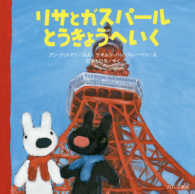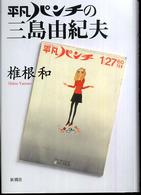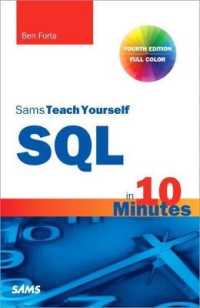基本説明
Examines the history of the symptoms of mental illness starting with their analysis in the 19th Century and following the evolution of their descriptions to the present day. N960523R
Full Description
Since psychiatry remains a descriptive discipline, it is essential for its practitioners to understand how the language of psychiatry came to be formed. This important book, written by a psychiatrist-historian, traces the genesis of the descriptive categories of psychopathology and examines their interaction with the psychological and philosophical context within which they arose. The author explores particularly the language and ideas that have characterised descriptive psychopathology from the mid-nineteenth century to the present day. He presents a masterful survey of the history of the main psychiatric symptoms, from the metaphysics of classical antiquity to the operational criteria of today. Tracing the evolution of concepts such as memory, consciousness, will and personality, and of symptoms ranging from catalepsy and aboulia to anxiety and self-harm, this book provides fascinating insights into the subjective nature of mental illness, and into the ideas of British, Continental and American authorities who sought to clarify and define it.
Contents
Introduction; Part I. The Object of Inquiry: 1. Matters historical; 2. Descriptive psychopathology; Part II. Cognition and Consciousness: 3. Disorders of perception; 4. Thought disorder; 5. Delusions; 6. Obsessions and compulsions; 7. Cognitive impairment: congenital; 8. Cognitive impairment: acquired; 9. Memory and its disorders; 10. Consciousness and its disorders; Part III. Mood and Emotions: 11. Anxiety and cognate disorders; 12. Affect and its disorders; 13. The anhedonias; Part IV. Volition and Action: 14. The will and its disorders; 15. Feelings of fatigue; 16. Catalepsy, catatonia and stupor; 17. Tremor, rigidity, akathisia and stereotypy; Part V. Miscellany: 18. Personality and its disorders; 19. Self-harm.








